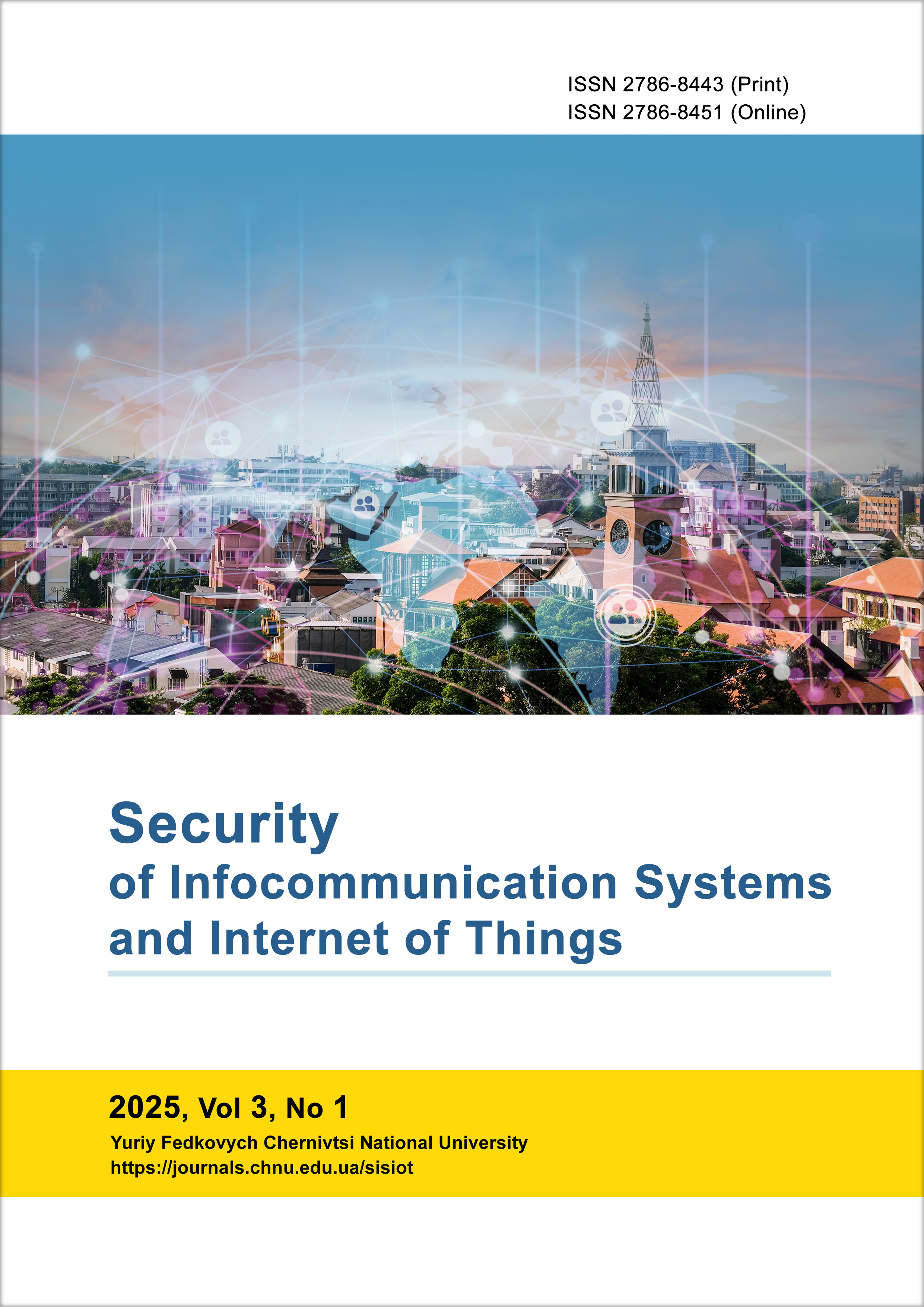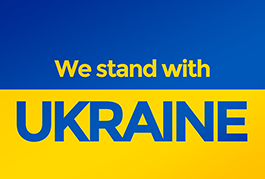Thermal Losses of an Anisotropic Electrically Conductive Transformer
DOI:
https://doi.org/10.31861/sisiot2025.1.01005Keywords:
anisotropy, electrical conductivity, transformer, thermal losses, infocommunication system componentsAbstract
This paper presents the design and comprehensive analysis of an anisotropic electrically conductive transformer developed as an innovative component for modern infocommunication systems. The transformer is based on the use of materials with anisotropic electrical conductivity, opening new possibilities for improving device efficiency and integration. A detailed study of thermal losses is carried out under three main operating modes: no-load operation, short-circuit conditions, and optimal load performance, using numerical calculation methods without simplifications or assumptions. Special attention is paid to the influence of electrical conductivity anisotropy and the orientation of crystallographic axes on the overall efficiency and thermal behavior of the transformer. Unlike conventional transformers with magnetic cores, the proposed design eliminates hysteresis losses, significantly enhancing energy efficiency and minimizing unwanted heat generation. Equivalent electrical circuit models are developed for each operating mode, and analytical expressions for resistance and current are derived, allowing for precise evaluation of performance characteristics. Thermal losses due to Joule heating are quantitatively analyzed for different types of materials. Cadmium antimonide (CdSb), zinc antimonide (ZnSb), single-crystal bismuth (Bi), and single-crystal tellurium (Te) are proposed as promising materials for anisotropic electrically conductive transformers. Numerical modeling results demonstrate a significant potential for minimizing energy losses and optimizing transformer design. The presented results confirm the suitability of the proposed transformer for use in microelectronic and telecommunication applications, where compactness, high efficiency, and thermal stability are critical. The relevance of this study is driven by the growing global demand for compact and energy-efficient components in infocommunication systems. The obtained results provide a foundation for further development of anisotropic electrically conductive transformers as effective matching elements and functional modules within modern telecommunication equipment.
Downloads
References
A. Ashcheulov, M. Derevianchuk, and D. Lavreniuk, “The phenomenon of electroohmic transformation,” Phys. Chem. Solid State, vol. 21, no. 4, pp. 743–748, 2020, doi: 10.15330/pcss.21.4.743-748.
A. Ashcheulov, M. Derevianchuk, and D. Lavreniuk, “The method of turbulent transformation of energy,” Eng. Rep., e12620, 2023, doi: 10.1002/eng2.12620.
A. A. Ashcheulov, M. Ya. Derevianchuk, D. O. Lavreniuk, O. S. Verenko, and I. S. Romaniuk, “Anisotropic electroohmic transformer,” Metrology and Instruments, no. 5, pp. 27–32, 2020, doi: 10.33955/2307-2180(5)2020.27-32. (in Ukrainian)
N. I. Lebovka, Yu. Yu. Tarasevich, N. V. Vygornitskii, A. V. Eserkepov, and R. K. Akhunzhanov, “Anisotropy in electrical conductivity of films of aligned intersecting conducting rods,” Phys. Rev. E, vol. 98, no. 1, p. 012104, 2022, doi: 10.1103/PhysRevE.98.012104.
C. Hu et al., “Highly aligned Ni-decorated GO–CNT nanostructures in epoxy with enhanced thermal and electrical properties,” Polymers, vol. 14, no. 13, p. 2583, 2022, doi: 10.3390/polym14132583.
Q. Li, Ed., Anisotropic Nanomaterials: Preparation, Properties, and Applications. Springer, 2021.
Yu. M. Poplavko, S. O. Voronov, and Yu. I. Yakimenko, Physical Materials Science. Conductors and Magnetics. NTUU “KPI”, 2011. (in Ukrainian)
Yu. M. Poplavko, O. V. Borisov, I. P. Golubeva, and Yu. V. Didenko, Magnetics in Electronics. Igor Sikorsky KPI, 2021. (in Ukrainian)
J. F. Nye, Physical Properties of Crystals: Their Representation by Tensors and Matrices. Oxford Univ. Press, 1985.
M. A. Razumova and V. M. Khotyayintsev, Fundamentals of Vector and Tensor Analysis. Kyiv University Publishing Center, 2011. (in Ukrainian)
L. I. Anatychuk, Thermoelectricity, Vol. 1: Physics of Thermoelectricity. Institute of Thermoelectricity, 1998.
M. O. Ostashevskyi and O. Yu. Yurieva, Eds., Electrical Machines and Transformers. FOP Panov A. M., 2017. (in Ukrainian)
Vinnytsia National Technical University (VNTU), Experimental Studies of Electrical Machines. Part IV: Transformers. VNTU, 2008. (in Ukrainian)
L. I. Anatychuk, Thermoelectricity, Vol. 2: Thermoelectric Power Converters. Institute of Thermoelectricity, 2005.
A. A. Ashcheulov, Physico-Chemical Fundamentals of Technology of Optical, Anisotropic Thermoelectric, and Opto-Thermoelectric Materials Based on Cadmium Antimonide [Doctoral dissertation]. Chernivtsi, 1994. (in Ukrainian)
C. R. Hammond, “The elements,” in CRC Handbook of Chemistry and Physics, 81st ed., D. R. Lide, Ed. CRC Press, 2004.
Published
Issue
Section
License
Copyright (c) 2025 Security of Infocommunication Systems and Internet of Things

This work is licensed under a Creative Commons Attribution 4.0 International License.









